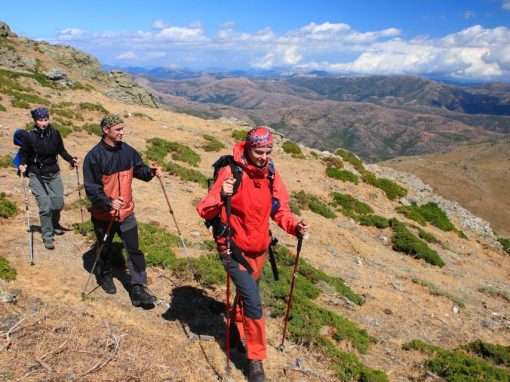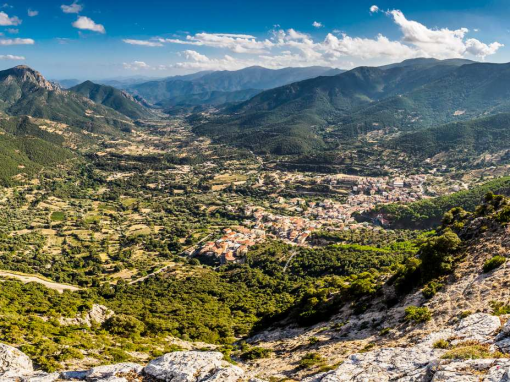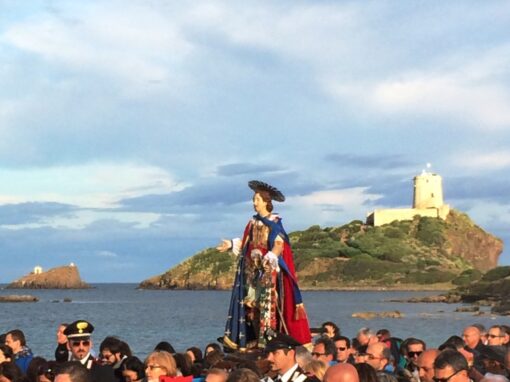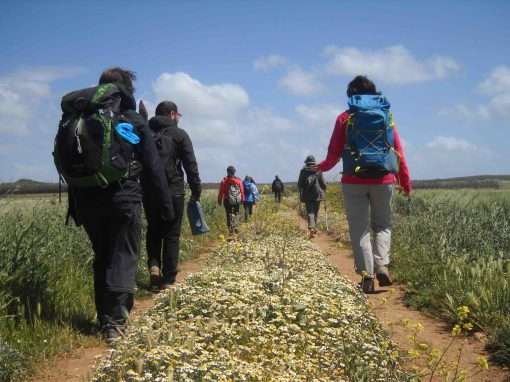The coastal landscape of Sardinia is dotted with watchtowers largely built during the Spanish domination in the 17th century. They stand on promontories overlooking the sea and offer unforgettable views. Many of them are still in excellent condition and sometimes host museums and exhibitions. The Cammino 100 Torri (Path of 100 Towers) connects them, completing the entire circumnavigation of the island, over a total of 1284 kilometres, divided into eight ‘routes’. Between one fort and another, the view looks out onto rocky cliffs, enchanting coves, paths surrounded by Mediterranean scrub and enchanting seaside villages. Along the entire itinerary, you come across about 170 churches, places of worship, peace and contemplation surrounded by nature that have become a symbol of the landscape, because they are closely connected to the historical events that took place in the territories. Every ‘route’ of the path is linked to a theme, starting from angels, to whom the gulf in the south of the Island was dedicated. We then move to the Phoenician-Punic traces of the ancient ports in the south-east and the scenarios suspended between the mountains and the sea of Ogliastra. We cross the granites of Gallura and the parks in the north-west, from Asinara to Porto Conte. Deeply linked to prehistoric and Paleochristian architecture is the ‘route’ that crosses Sinis, while the itinerary along the Sulcis-Iglesiente coasts shows signs of the historic mining period. Lastly, the southern stretch between Sant’Antioco and Cagliari follows the footsteps of the most venerated martyrs, Antiochus and Ephysius.

PATH OF SAINT FRANCIS IN SARDINIA
A journey through the traces left by the Franciscans in Sardinia over the centuries, from north to south, almost ideally connecting the two extremities of the island and the first two places in which the followers of St. Francis settled, perhaps coming from Corsica. Cagliari, near the hill of Bonaria, and immediately after Luogosanto, in the hermitage that, according to legend, guarded the ...







